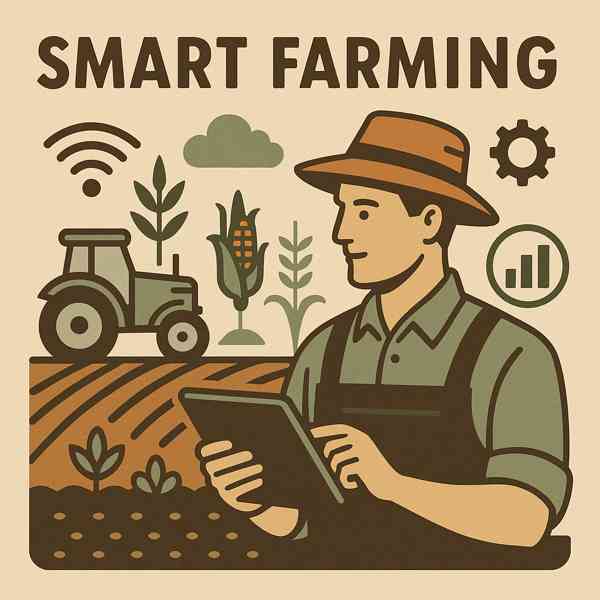How Agriculture and Forestry Drive Environmental Sustainability
How Agriculture and Forestry Drive Environmental Sustainability
Blog Article

While agriculture focuses on cultivating crops and raising livestock, forestry involves managing and conserving forests.
As technology and sustainability become more necessary, both agriculture and forestry are evolving to increase productivity.
What Is Agriculture?
It has been the foundation of human civilization for thousands of years.
Core practices in the industry:
- Growing plants for food and materials
- Includes cattle, poultry, and sheep
- Combining agriculture and forestry practices
- Sustainable farming
Modern agriculture aims to ensure food security through efficient practices.
The Importance of Forest Management
It includes activities such as timber production to maintain biodiversity and ecosystem health.
Core aspects of sustainable forestry:
- Silviculture
- Preserving ecosystems and wildlife
- Timber harvesting
- Greening cities through tree planting
Responsible forestry practices help combat visit climate change.
How to Be Eco-Friendly in These Sectors
Adopting sustainable practices ensures that future needs are met.
Best practices include:
- Preserving organic matter and preventing erosion
- Agroecology
- Cutting only mature or diseased trees
- Counteracting deforestation effects
By embracing these practices, farmers and foresters can enhance productivity.
Obstacles These Industries Face
Despite their importance, both agriculture and forestry face ongoing problems related to economic pressures and environmental concerns.
Problems to overcome:
- Soil degradation
- Water scarcity
- Reducing biodiversity and natural cover
- Financial risk for farmers and loggers
Addressing these challenges requires innovative solutions.
How Innovation Is Changing the Industry
Technology is revolutionizing both agriculture and forestry, making operations more sustainable.
Technological advancements include:
- Using GPS and data for targeted agriculture
- Monitoring crop health and forest cover
- Creating more resilient plant varieties
- Smarter resource allocation
Integrating technology ensures that both agriculture and forestry keep pace with global demands.
Conclusion
Agriculture and forestry remain fundamental.
By doing so, agriculture and forestry can continue to maintain biodiversity.
Report this page